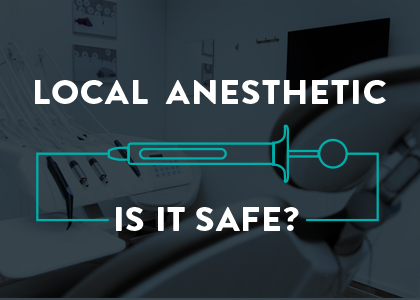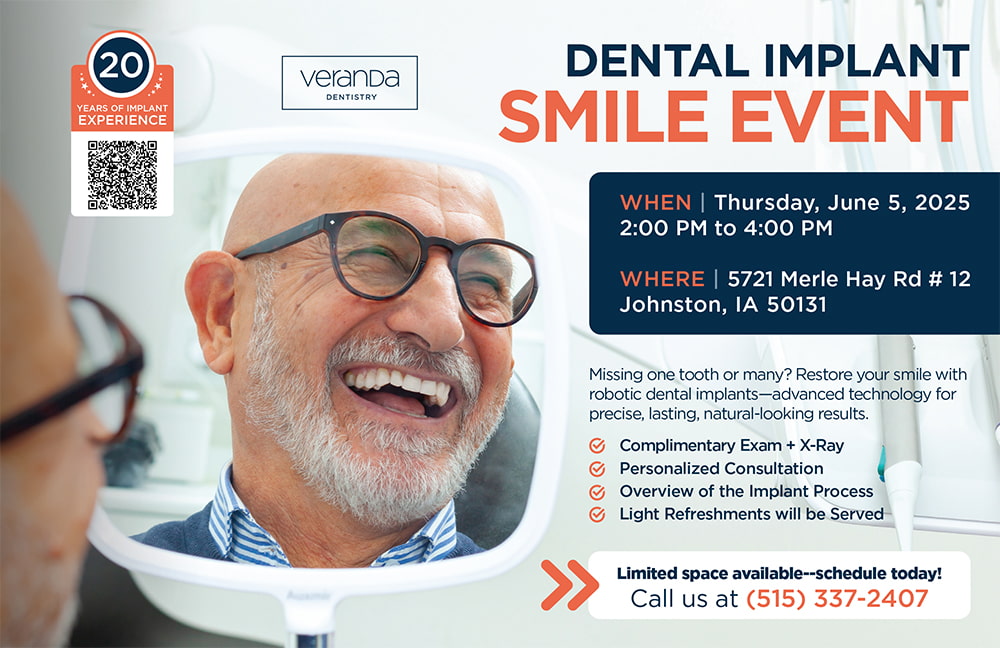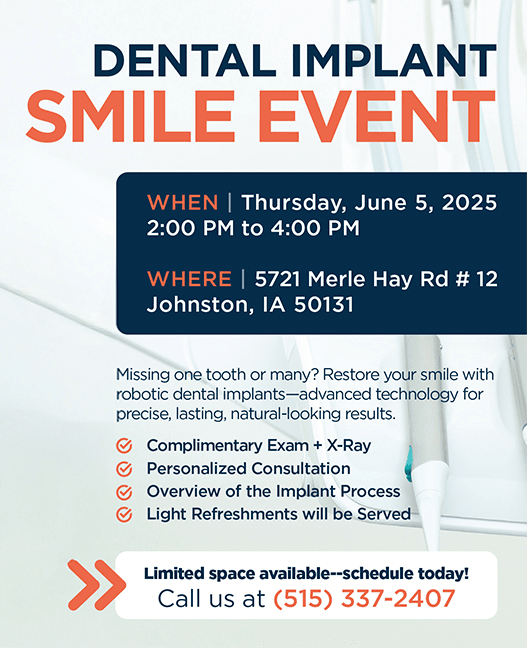Local Anesthetic – Is it Safe?
 If you get to go on a tropical vacation, your ability to feel the warm sun and the smooth sand is crucial to enjoying the atmosphere. There are, however, times in life when you would rather not feel anything. Getting a dental procedure can be one of those times—as important as the procedure might be. In that case, thank goodness for modern medicine and anesthesia.
If you get to go on a tropical vacation, your ability to feel the warm sun and the smooth sand is crucial to enjoying the atmosphere. There are, however, times in life when you would rather not feel anything. Getting a dental procedure can be one of those times—as important as the procedure might be. In that case, thank goodness for modern medicine and anesthesia.
Ancient dentists used a number of herbs and drugs to numb their patients. Thankfully, today, you have the option of completely safe and effective anesthesia. Dr. Chad Johnson, Pleasant Hill & Johnston dentists share more below about what anesthesia is and when you might need it.
What is Anesthesia?
Anesthesia is a type of medicine best known for dulling pain. The root-word “an” means without and “aesthesis” means feeling. Anesthesia literally means “without feeling.” That perfectly describes how most people want to feel if they need to get a cavity filled or a tooth pulled. Anesthesia can also help you feel relaxed during your treatment and ease your pain afterward.
Besides numbing your sensation to feel, anesthesia can also contain chemicals that help the medicine get into your blood and stay in your system as long as necessary. Millions of patients every year receive anesthesia from their dentist.
Local Anesthetic
There are two kinds of anesthetics: general and local. If you have major surgery, even oral surgery, your doctor might recommend general anesthesia to numb your entire body and cause you to sleep for the duration of the procedure. This might sound scary, but many people really enjoy the chance to take an amazing nap.
Most often, dental work only requires a local anesthetic. Local anesthetic blocks your nerves in a small, specific part of your body. In your dental office, this is usually administered by injection. A topical anesthetic can first be placed on your gums or inner cheek to numb you from feeling the injection.
If you have a toothache, you might consider an at-home topical anesthetic to ease your pain until you can get in to see your Pleasant Hill & Johnston dentist. Orajel™ is a popular topical numbing gel for adults and teething babies. Your local drugstore should have plenty of options depending on your specific needs.
Side Effects of Local Anesthesia
Anesthesia, when administered by a professional dentist, is very safe. Still, it’s important you know the potential side effects—especially if you have other health issues that might interact with your procedure. Talk to your dentist before agreeing to any medicine or treatment.
Potential side effects of local anesthesia are:
- Hematoma: a blood-filled swelling at the injection site
- Numbing and loose muscles in other parts of your face, beyond your mouth
- Nerve injury at the injection site
Local anesthesia is commonly used safely and effectively with little to no side effects.
After Your Appointment
If you receive a local anesthetic at the dentist, the numbing effects may stick around for a few hours after your appointment. Be careful not to bite down on your mouth where you don’t have any feeling. Plan on having some difficulty speaking, eating or drinking. (This is probably not the best time to schedule a first date or job interview!) You will be able to safely drive yourself home.
You can keep treating your pain at home with Tylenol or ibuprofen. Ask your Pleasant Hill & Johnston dentist for a recommendation.
With general anesthesia, however, you will need transportation to and from your appointment, and someone should stay with you for several hours afterward while the effects wear off.
If you need any dental work or just a good professional cleaning, contact Veranda Dentistry today.
The content of this blog is not intended to be a substitute for professional medical advice, diagnosis, or treatment. Always seek the advice of qualified health providers with questions you may have regarding medical conditions.












